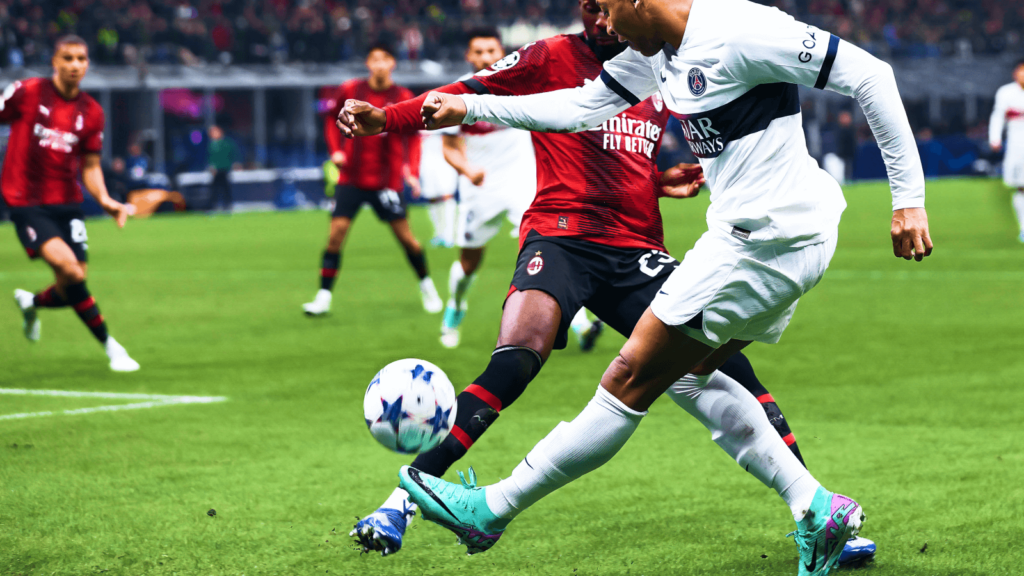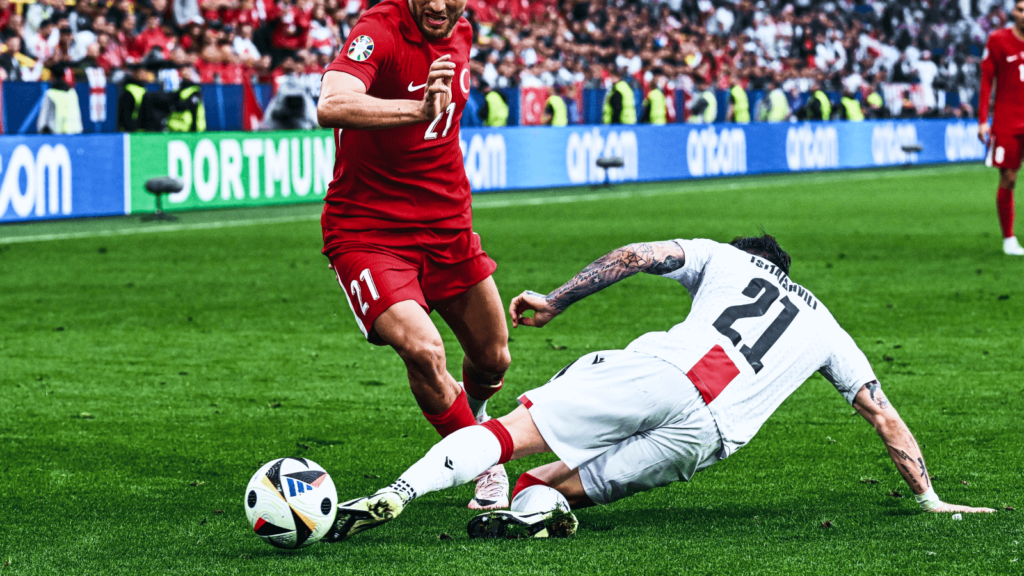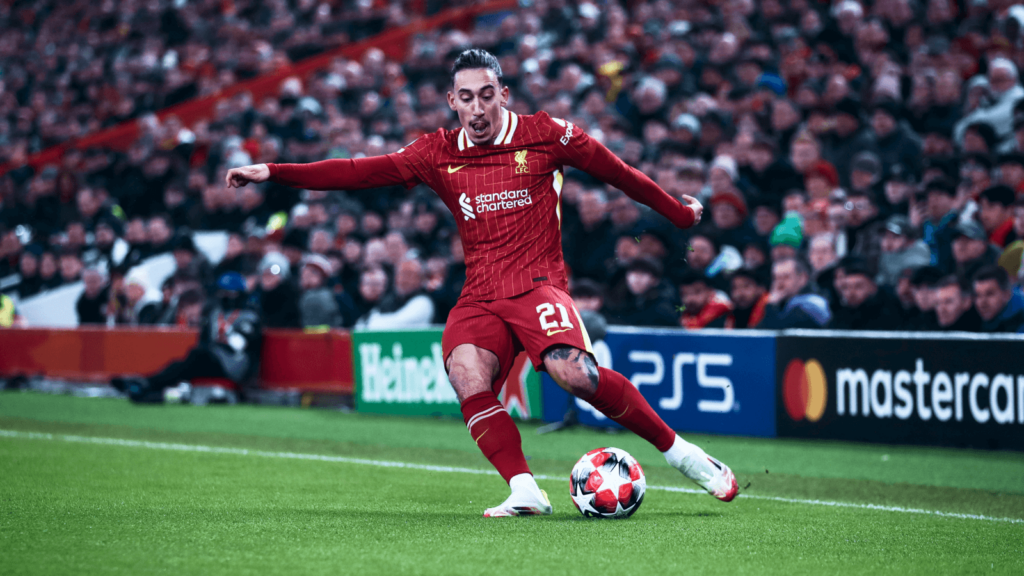In the modern game, the role of the full-back and wing-back has evolved dramatically. They are no longer just defenders tasked with stopping wingers. They are now crucial contributors to both defensive solidity and attacking creativity. Balancing these two demands – defense and attack – requires stamina, intelligence and technical skill. This article explores how full-backs and wing-backs navigate these responsibilities.
The Stamina Factor: Fueling Constant Motion
Stamina is one of the prime requirements of a top-class full-back or their variant – wing-back. Unlike the centre-backs or holding midfielders, these flank players remain in continuous motion. With up-the-pitch notion, they have to support attacking moves while at the same time having to recover from defense.
This could be supporting in attack for the winger, sprinting for the whole day to offer width and stretch the opposition’s defense. Transitions between offense and defense occur repeatedly in 90 minutes. In the event the attack fails, an immediate request to track back arises. Players run back over 60 or 70 yards to stop counter-attacks. This requires greater endurance than a midfielder.

Stamina is not just about running. It is about working hard and keeping a high level of intensity. A full-back sprints in the closing quarter of a game, chases a fast winger and still has enough clarity to place a ball into the box or pull off an early tackle. Modern full-back training is composed of interval running, agility drills and endurance training.
Crossing: Delivering from the Flanks
Once they enter the attacking third, full-backs and wing-backs need to act as creators. Among their key offensive contributions, is the crossing of the ball. Proper delivery from the wide areas can throw open a tightly packed defense. This gives the strikers or onrushing midfielders an opportunity to score.
An elite full-back or wing-back should possess skills of different types of crosses. These range from low cut-backs, high looping deliveries to drilled balls across the box. This calls for a quick decision-making process. Judging whether to whip in an early cross or cut the ball back, requires tactical awareness and an understanding of positioning. Trent Alexander-Arnold, João Cancelo and Achraf Hakimi are examples of full-backs evolving into playmakers through crossing. Today, teams rely on full-backs, not only for guarding the flanks but also as one of the major assist sources.

Overlapping Runs: Creating Overloads
Overlapping runs are a very valuable offensive weapon for full-backs and wing-backs. In an overlap, the full-back runs on the outside of the winger to pass to the player with the ball. This results in confounding the opposition defenders. Such a move stretches the defensive line sideways, leaving it with gaps and creating numerical superiority.
Timing is very important here as well. Start running too early, and you’ll find yourself in an offside position. And if it’s too late, the winger will be isolated. Another thing to consider is the situation when the team loses possession while overlapping. The full-back would be caught out of position, leading to an immediate counter-attack.
The strength of communication between the winger and full-back cannot be overstated. Mutual understanding and timing between two players can elevate threats down the flank. Andrew Robertson and Sadio Mané at Liverpool or Dani Carvajal and Gareth Bale at Real Madrid are examples for such connections.

Defensive Duties: Marking Wide Attackers
While the attacking aspect has increased for full-backs, defense is their most important task. One of their main responsibilities is to mark the wide attackers, usually the best and fastest player on the opposition team.
Good full-backs are skilled at positioning, reading the opponent’s intentions. They are also skilled in using body positioning to steer attackers out of harm’s way. Instead of diving into tackles all the time, they position attackers. Full-backs either nudge them into less dangerous positions or send them towards the sideline.
Moreover, while defending crosses, full-backs also have to be prepared to intercept deliveries. This could be close to the near post or to defend against headers by taller opposition. Defending set pieces is also included among their tasks, especially under man-marking schemes.
Key defensive full-backs such as Kyle Walker and Reece James have a tendency to physically excel at duels. They tend to stay concentrated, and close space down on the wingers. Their defending capabilities tend to forestall the threats before they fully materialize.

Transitioning Between Roles: Tactical Intelligence
Defending and attacking are not only about physicality—it’s about smart tactical nous. The full-backs have to be constantly evaluating the game context. They should know when to overlap, when to remain at the back, and the level of gamble to take. In certain mechanisms full-backs are even required to invert. They transition into central midfield zones in build-up play. The dual role requires even greater positional sense and judgment.
Wing-backs, who play in structures such as 3-5-2 or 3-4-3, tend to have slightly different roles. With three center-backs in front of them, they can play more into the attack, knowing there is extra cover. But they also need to track back quickly so as not to leave the wide areas exposed. They need to be particularly agile against teams that counter-attack quickly.
The full-backs’ instructions tend to be adapted based on the circumstances of the game. During narrow games, coaches might play with more restraint and emphasize containment. During games that need a goal, the full-backs could push up nearer to being the auxiliary wingers.

The Full-Back – A Complete Athlete
The full-back or wing-back is one of the most well-rounded players on the field. They have the lungs of a distance runner, the creativity of a playmaker and the defensive tenacity of a center-back. To balance these complementary skills is to be constantly making decisions. Few masters of the art – like Dani Alves, Marcelo and Ashley Cole – prove priceless, having an impact at both ends of the pitch.
As the game of football advances, the burden on full-backs and wing-backs will only increase. The flanks continue to be crucial battlefields. It is the hardworking, intelligent and talented players manning them, often determining the results of the biggest games.
